Lions Mane mushroom growing kits have revolutionized home cultivation of this remarkable fungus, making it possible for anyone to grow these unique, brain-boosting mushrooms in their own kitchen or growing space. These distinctive white, cascading mushrooms not only provide exceptional culinary experiences but also offer significant cognitive and neurological health benefits, making them one of the most sought-after varieties for home cultivation.
The appeal of Lion's Mane mushrooms extends far beyond their unusual appearance, resembling a white waterfall or lion's mane as their name suggests. These mushrooms contain unique compounds called hericenones and erinacines, which research suggests may support nerve growth and cognitive function, earning them the nickname "nature's brain food" among health enthusiasts and researchers alike.
Understanding Lion's Mane Mushrooms
Botanical and Physical Characteristics
Scientific Classification and Natural Habitat
- Scientific name: Hericium erinaceus
- Naturally grows on hardwood trees, particularly oak, maple, and beech
- Distinctive white, icicle-like spines create unique appearance
- No traditional cap and stem structure like conventional mushrooms
Unique Growth Patterns
- Forms large, globular masses up to 12 inches across
- Spines hang downward creating waterfall-like appearance
- Pure white color when fresh, yellowing with age
- Soft, tender texture when young, becoming tougher with maturity
Identifying Quality Specimens
- Fresh Lion's Mane should be bright white throughout
- Spines should be firm and well-defined
- No signs of yellowing, browning, or mushiness
- Pleasant, slightly seafood-like aroma when fresh
Health Benefits and Medicinal Properties
Cognitive Enhancement Research
- Contains hericenones that cross blood-brain barrier
- Research suggests support for nerve growth factor production
- Studies indicate potential benefits for memory and cognitive function
- May support overall brain health and neurological wellness
Neuroprotective Compounds
- Erinacines show promise in laboratory studies
- Research explores applications for neurodegenerative conditions
- Traditional use in Chinese medicine for digestive and general health
- Growing body of scientific literature supporting traditional uses
Nutritional Profile Benefits
- High-quality protein source with all essential amino acids
- Rich in potassium, zinc, and selenium
- Good source of B vitamins, particularly B12
- Low in calories while providing substantial nutrition

Types of Lion's Mane Growing Kits
Ready-to-Fruit Kit Options
Plug-and-Play Growing Blocks
- Pre-colonized substrate blocks ready for immediate fruiting
- Typically produce mushrooms within 5-10 days of activation
- Perfect for beginners wanting quick, reliable results
- Minimal setup required with comprehensive instructions included
All-Inclusive Starter Kits
- Include growing block, humidity tent, and spray bottle
- Detailed instruction booklets with troubleshooting guides
- Everything needed for successful cultivation in one package
- Ideal for first-time mushroom growers
Premium Quality Kits
- Organic substrates and superior colonization quality
- Higher yield potential and multiple harvest capability
- Professional-grade growing blocks from established producers
- Often include customer support and growing guarantees
Advanced Growing Systems
Substrate and Spawn Combinations
- Include sterile growing medium and Lion's Mane spawn
- Require inoculation process before colonization begins
- More educational and hands-on growing experience
- Better value for serious home cultivators
Reusable Growing Systems
- Include permanent growing chambers and equipment
- Accept replacement substrate blocks for continuous production
- Higher initial investment but lower ongoing costs
- Perfect for dedicated Lion's Mane enthusiasts
Step-by-Step Growing Instructions
Initial Setup and Preparation
Kit Inspection and Preparation
- Carefully examine growing block for signs of healthy white mycelium
- Check for any contamination indicators like unusual colors or odors
- Ensure all kit components are present and undamaged
- Read through complete instructions before beginning process
Environmental Preparation
- Choose location with stable temperature between 65-75°F
- Ensure adequate humidity control capability
- Avoid areas with excessive air movement or drafts
- Provide indirect lighting or low-level artificial illumination
Activation Process
- Remove plastic wrapping from pre-colonized growing block
- Some kits require soaking block in clean water for specified time
- Score or cut surface of block according to kit instructions
- Place block in provided humidity tent or growing container
Daily Care and Maintenance
Humidity Management
- Mist growing surface 2-3 times daily with fine spray
- Maintain humidity levels between 85-95% for optimal growth
- Avoid creating standing water on mushroom surface
- Ensure adequate air exchange to prevent stagnant conditions
Temperature Control
- Maintain consistent temperature range for steady development
- Lion's Mane tolerates slightly cooler conditions than some varieties
- Avoid temperature fluctuations that can stress developing mushrooms
- Monitor growing environment with thermometer if necessary
Lighting Requirements
- Provide indirect natural light or low-level artificial lighting
- Avoid direct sunlight which can dry out mushrooms
- LED grow lights work excellently for consistent illumination
- 12-hour light cycles support natural growth rhythms
Growth Stages and Timeline
Initial Pin Formation (Days 3-7)
- Small white bumps appear on substrate surface
- Pins develop into recognizable mushroom primordia
- Maintain high humidity during this critical development stage
- Avoid disturbing growing block during pin formation
Rapid Development Phase (Days 7-14)
- Mushrooms expand rapidly and develop characteristic spines
- Daily growth becomes visibly apparent
- Continue consistent misting and environmental control
- Monitor for optimal harvest timing
Maturation and Harvest Readiness (Days 10-21)
- Mushrooms reach full size with well-developed spines
- Color remains bright white throughout healthy specimens
- Spines become longer and more pronounced
- Ready for harvest before yellowing begins

Harvesting Your Lion's Mane Mushrooms
Optimal Harvest Timing
Visual Maturity Indicators
- Mushrooms reach 4-8 inches in diameter
- Spines are well-developed and hanging freely
- Color remains pure white without yellowing
- Firm texture throughout the mushroom body
Quality Assessment
- Fresh specimens feel firm and substantial
- No soft spots or mushy areas present
- Pleasant, slightly sweet aroma
- Spines should break cleanly when gently handled
Proper Harvesting Techniques
Cutting and Removal Methods
- Use sharp, clean knife to cut at base of mushroom
- Cut close to substrate to prevent stub decay
- Handle gently to avoid damaging delicate spines
- Harvest entire mushroom cluster at once for best quality
Post-Harvest Block Care
- Continue misting substrate after harvest
- Maintain humidity and environmental conditions
- Second flush possible with proper care
- Remove any decaying material to prevent contamination
Processing Fresh Lion's Mane
Immediate Use Preparation
- Clean gently with damp cloth or soft brush
- Trim any discolored or damaged areas
- Slice into steaks or chunks for cooking
- Use fresh within 3-5 days for best quality
Preservation Methods
- Dehydrating preserves Lion's Mane for long-term storage
- Freezing possible but changes texture significantly
- Cooking and freezing cooked portions works well
- Proper drying maintains most beneficial compounds
Maximizing Kit Performance
Getting Multiple Harvests
Substrate Maintenance Between Flushes
- Allow growing block to rest 7-10 days between harvests
- Maintain moisture levels but reduce misting frequency
- Provide fresh air exchange during rest periods
- Monitor for signs of new pin formation
Optimizing Growing Conditions
- Fine-tune humidity levels based on mushroom response
- Adjust misting schedule for your specific environment
- Monitor temperature consistency for optimal performance
- Learn to read substrate condition for timing adjustments
Troubleshooting Common Issues
- Address yellowing or browning immediately
- Adjust environmental conditions if growth slows
- Remove contaminated areas promptly to save block
- Seek supplier support for persistent problems
Extending Kit Lifespan
Proper Care Techniques
- Use clean tools and maintain sanitary conditions
- Monitor environmental factors consistently
- Respond quickly to changes in substrate condition
- Document successful techniques for future reference
Recognizing Substrate Exhaustion
- Decreasing mushroom size in subsequent harvests
- Longer periods between pin formation and maturity
- Substrate becomes darker and more compact
- Increased susceptibility to contamination issues
Culinary Applications and Cooking Methods
Texture and Flavor Profile
Unique Culinary Characteristics
- Meaty, substantial texture similar to seafood
- Mild, slightly sweet flavor with subtle seafood notes
- Excellent meat substitute in vegetarian and vegan dishes
- Absorbs flavors well from marinades and seasonings
Preparation Versatility
- Can be sliced, shredded, or used whole
- Excellent for grilling, sautéing, roasting, and braising
- Works well in soups, stews, and pasta dishes
- Perfect for plant-based "crab" cakes and seafood alternatives
Popular Cooking Techniques
Sautéed Lion's Mane
- Slice into thick steaks and season generously
- Cook in hot pan with oil until golden brown
- Season with herbs, garlic, and lemon juice
- Perfect as side dish or protein substitute
Grilled Lion's Mane Steaks
- Marinate sliced mushrooms in olive oil and herbs
- Grill over medium heat until lightly charred
- Baste with additional marinade during cooking
- Excellent for outdoor cooking and entertaining
Lion's Mane "Crab" Cakes
- Shred cooked Lion's Mane into flakes
- Mix with breadcrumbs, eggs, and seasonings
- Form into patties and pan-fry until crispy
- Serve with traditional accompaniments
Roasted Lion's Mane
- Toss chunks with olive oil and seasonings
- Roast at 400°F until edges are crispy
- Perfect for adding to salads or grain bowls
- Maintains texture better than many mushroom varieties
Health Benefits and Medicinal Uses
Cognitive and Neurological Support
Research-Backed Benefits
- Studies suggest support for nerve growth factor
- Research indicates potential cognitive enhancement
- May support memory and learning functions
- Promising research for neurodegenerative conditions
Traditional Medicine Applications
- Used in Traditional Chinese Medicine for centuries
- Historical use for digestive health support
- Traditional applications for general wellness
- Modern research validating traditional uses
Nutritional Health Benefits
Macronutrient Profile
- High-quality complete protein source
- Low in calories and carbohydrates
- Contains beneficial fiber for digestive health
- Provides sustained energy without blood sugar spikes
Micronutrient Content
- Rich in B vitamins, especially B12
- Good source of potassium and selenium
- Contains zinc and other trace minerals
- Provides antioxidants and anti-inflammatory compounds
Functional Food Applications
Daily Consumption Benefits
- Regular intake may support cognitive function
- Protein content supports muscle health and recovery
- Low calorie density aids in weight management
- Versatile preparation methods encourage regular consumption
Supplement and Extract Potential
- Fresh mushrooms can be dried and powdered
- Extracts concentrate beneficial compounds
- Tinctures provide convenient dosing options
- Homegrown quality ensures maximum potency
Troubleshooting Growing Problems
Common Cultivation Issues
Slow or No Growth
- Usually caused by inadequate humidity levels
- Temperature fluctuations can delay development
- Check for proper air exchange and ventilation
- Ensure growing block hasn't dried out completely
Yellowing or Browning
- Often indicates overmaturity or aging
- Can result from excessive moisture or poor air circulation
- Remove affected areas to prevent spread
- Adjust environmental conditions immediately
Contamination Problems
- Green, black, or colored molds indicate contamination
- Usually results from poor sanitation or excessive moisture
- Remove contaminated areas immediately if possible
- Consider disposal if contamination spreads extensively
Environmental Control Solutions
Humidity Management
- Use humidity gauge for accurate monitoring
- Adjust misting frequency based on environmental conditions
- Ensure adequate ventilation to prevent stagnant air
- Consider room humidifier in very dry conditions
Temperature Stabilization
- Avoid locations with frequent temperature changes
- Use space heater or cooling methods as needed
- Monitor daily temperature variations
- Choose growing location carefully for stability
Air Quality and Circulation
- Provide fresh air exchange without creating drafts
- Avoid areas with excessive dust or pollutants
- Clean growing area regularly to prevent contamination
- Use fan for gentle air movement if necessary
Economic Benefits of Home Growing
Cost-Effectiveness Analysis
Financial Advantages
- Growing kits cost significantly less than buying fresh Lion's Mane
- Multiple harvests from single kit increase value
- Fresh, high-quality mushrooms command premium prices
- Homegrown quality often superior to store-bought alternatives
Long-Term Savings
- Regular Lion's Mane consumers see substantial savings
- Fresh availability eliminates need to buy expensive dried supplements
- Educational experience develops skills for continued growing
- Satisfaction of producing own high-quality food
Value-Added Opportunities
Processing and Preservation
- Create value-added products like powders and extracts
- Share or gift excess harvest to friends and family
- Develop signature recipes featuring homegrown Lion's Mane
- Document growing success for social media or blog content
Educational and Social Benefits
- Teaching tool for children about biology and nutrition
- Conversation starter and interesting hobby
- Connect with other mushroom growing enthusiasts
- Develop expertise in specialized growing techniques
Advanced Growing Techniques
Optimizing Growing Conditions
Environmental Fine-Tuning
- Monitor and record environmental data for optimization
- Experiment with different humidity levels and misting schedules
- Test various lighting conditions and intensities
- Document successful techniques for consistent results
Substrate Enhancement
- Learn about substrate composition and nutrition
- Understand how different materials affect mushroom development
- Experiment with substrate amendments for improved yields
- Develop knowledge for transitioning to independent cultivation
Scaling Up Production
Multiple Kit Management
- Stagger kit activation for continuous harvests
- Organize growing space efficiently for multiple substrates
- Develop systems for tracking multiple growing cycles
- Plan harvests around consumption and preservation schedules
Transitioning to Advanced Methods
- Learn spawn production and substrate preparation
- Develop sterile technique for contamination prevention
- Invest in better environmental control equipment
- Connect with local mushroom growing communities
Seasonal Considerations and Year-Round Growing
Seasonal Adaptations
Spring and Summer Growing
- Higher ambient humidity may require less misting
- Warmer temperatures may accelerate growth cycles
- Increased ventilation needs during hot weather
- Monitor for heat stress in growing mushrooms
Fall and Winter Cultivation
- Lower humidity may require more frequent misting
- Heating systems can dry indoor air significantly
- Shorter daylight hours may benefit from artificial lighting
- Stable indoor temperatures ideal for consistent production
Year-Round Production Planning
Continuous Harvest Scheduling
- Plan kit purchases for steady supply throughout year
- Stagger growing cycles for regular fresh mushroom availability
- Coordinate with meal planning and seasonal cooking
- Consider preservation during peak production periods
Storage and Inventory Management
- Proper kit storage extends shelf life before use
- Rotation system ensures freshest kits used first
- Plan ahead for holidays and special occasions
- Develop relationships with reliable kit suppliers

Quality Assurance and Safety
Identifying Quality Kits
Supplier Selection Criteria
- Choose established suppliers with good reputations
- Look for organic certification when available
- Read customer reviews and testimonials
- Ensure proper storage and shipping practices
Kit Quality Assessment
- Fresh kits should show healthy white mycelium
- Avoid kits past expiration dates
- Check for proper packaging and handling
- Inspect for signs of contamination or damage
Safe Consumption Practices
Proper Preparation Methods
- Always cook Lion's Mane thoroughly before consumption
- Start with small portions to test individual tolerance
- Avoid consumption if allergic to mushrooms generally
- Consult healthcare providers for specific health conditions
Storage and Handling Safety
- Store fresh mushrooms refrigerated and use promptly
- Keep growing areas clean and sanitary
- Wash hands thoroughly when handling mushrooms
- Follow proper food safety guidelines throughout process
Conclusion
Lions Mane mushroom growing kits provide an accessible, rewarding entry into cultivating one of nature's most fascinating and beneficial fungi. These comprehensive systems eliminate traditional barriers to mushroom cultivation while ensuring consistent success for growers at any experience level. The combination of culinary versatility, significant health benefits, and unique growing characteristics makes Lion's Mane an ideal choice for home cultivation.
The investment in quality growing kits pays dividends through multiple harvests of fresh, premium mushrooms that would otherwise be expensive or difficult to obtain. Beyond the practical benefits, growing Lion's Mane mushrooms provides educational opportunities, culinary adventures, and the satisfaction of producing your own "brain food" with remarkable cognitive and neurological benefits.
Whether you're motivated by health considerations, culinary interests, or simply the fascinating process of mushroom cultivation, Lion's Mane growing kits offer an excellent foundation for success. Start with a quality kit from a reputable supplier, follow the comprehensive guidelines provided, and prepare to discover the remarkable world of homegrown Lion's Mane mushrooms.
As you gain experience with kit-based growing, you'll develop the knowledge and confidence to explore more advanced cultivation techniques and potentially transition to independent mushroom production. The skills learned through successful kit cultivation provide valuable foundations for expanding your mushroom growing capabilities and enjoying fresh, homegrown Lion's Mane mushrooms year-round.

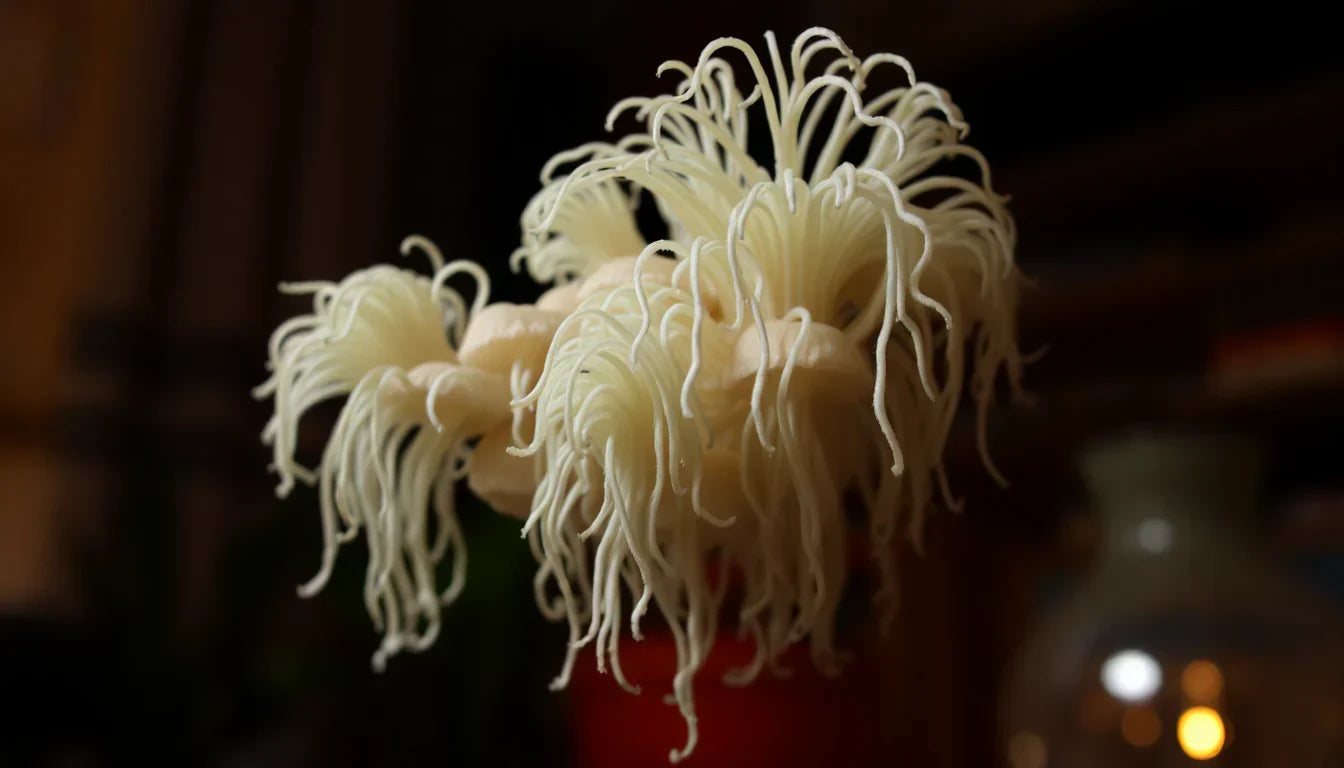


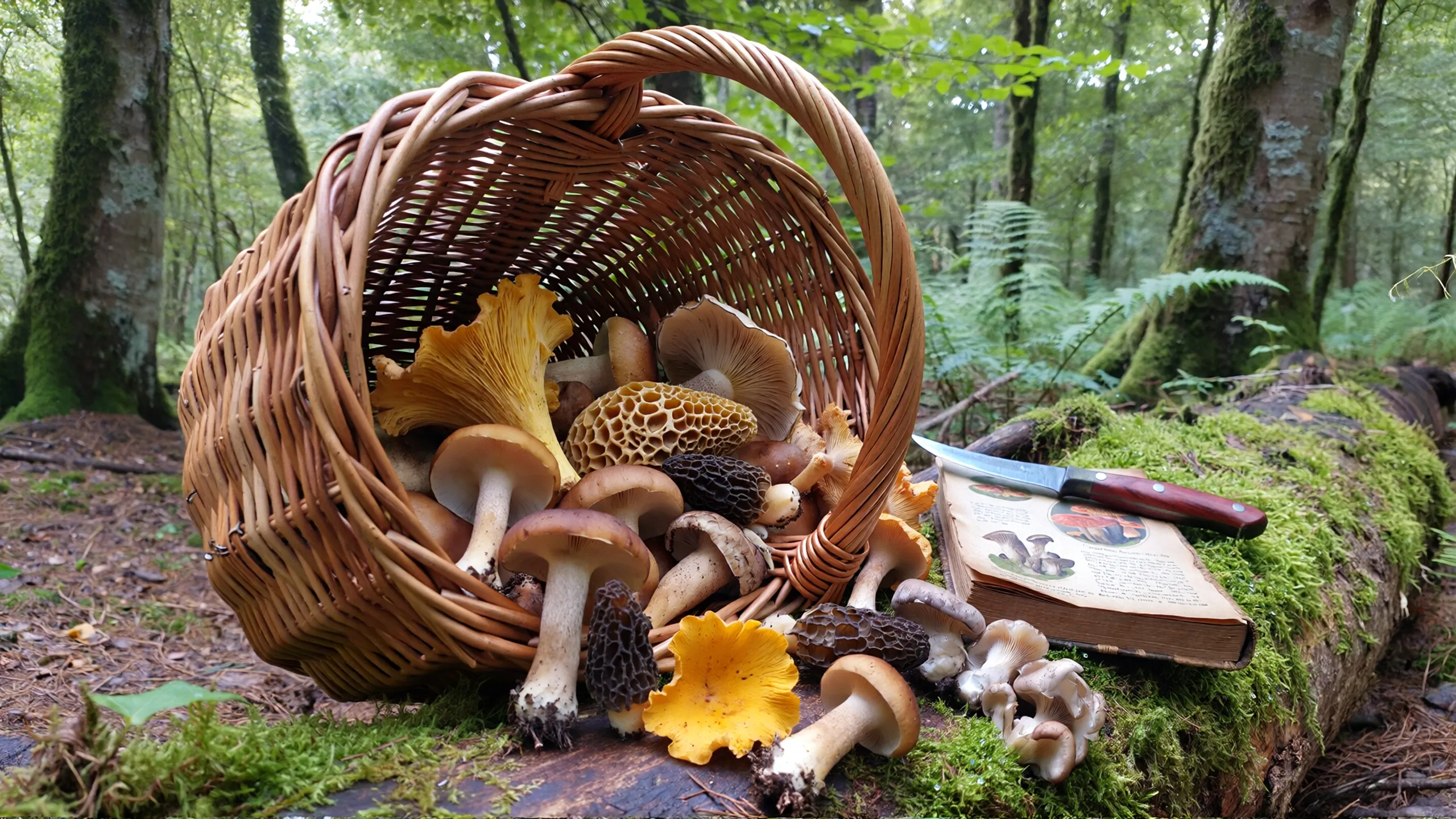

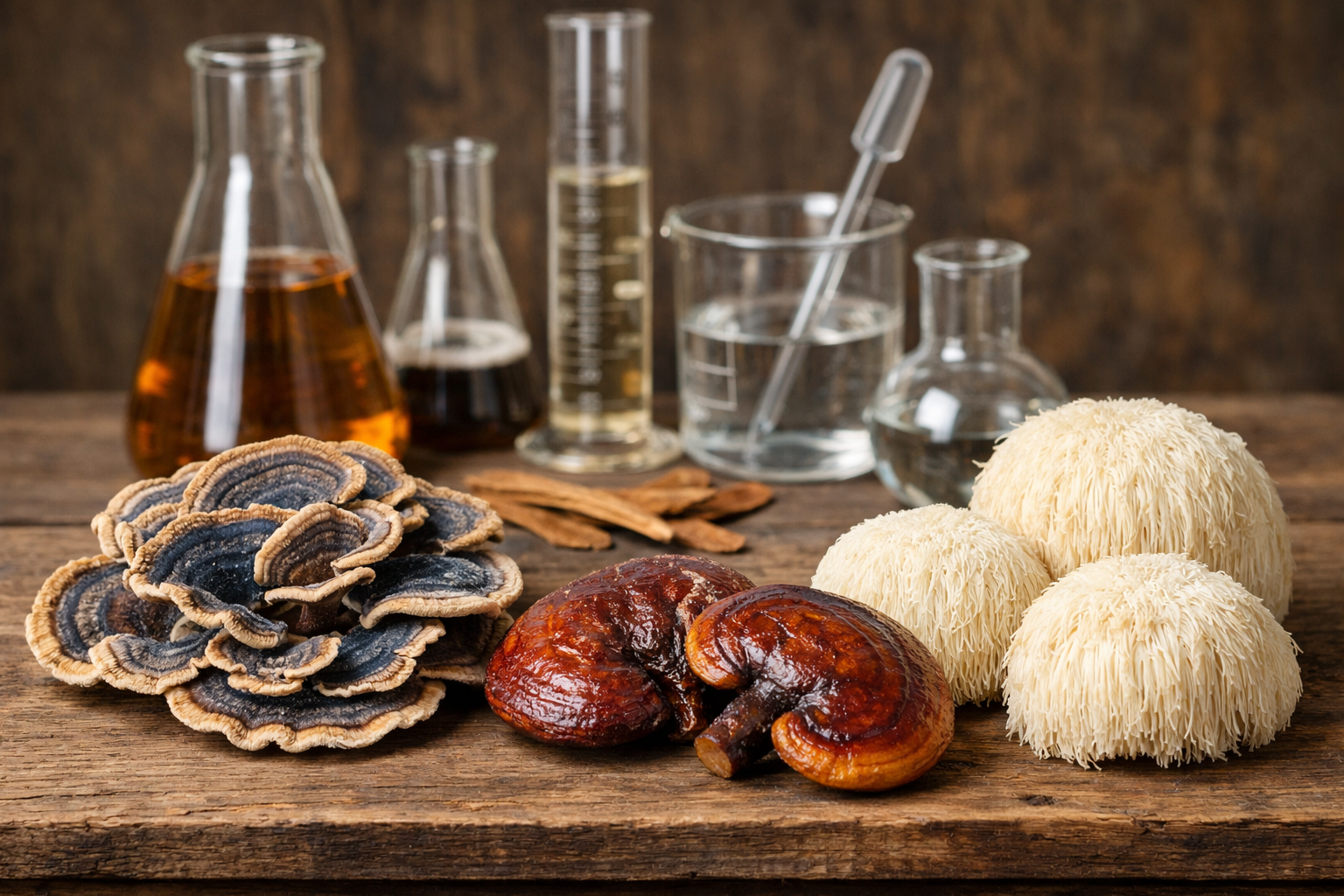
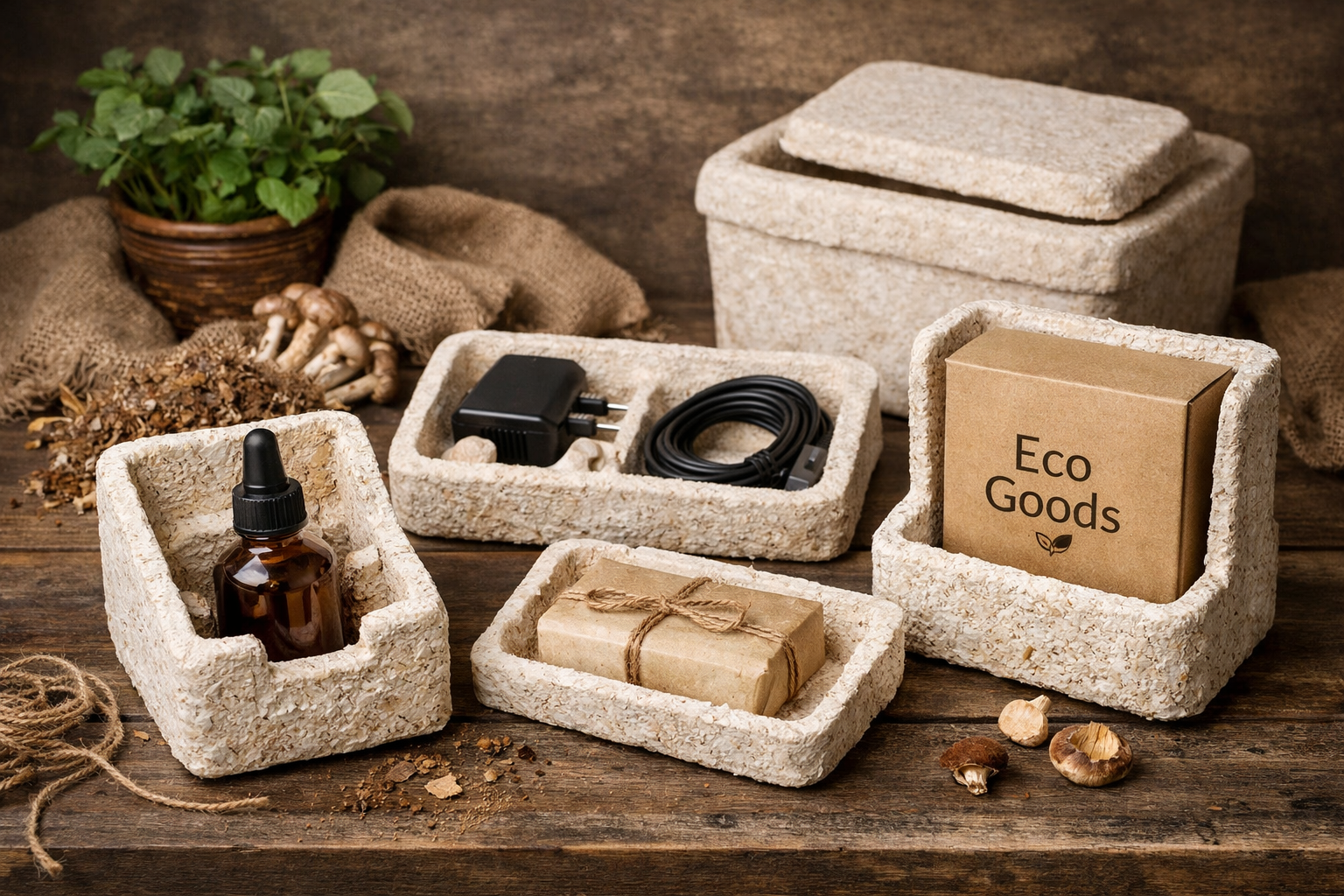

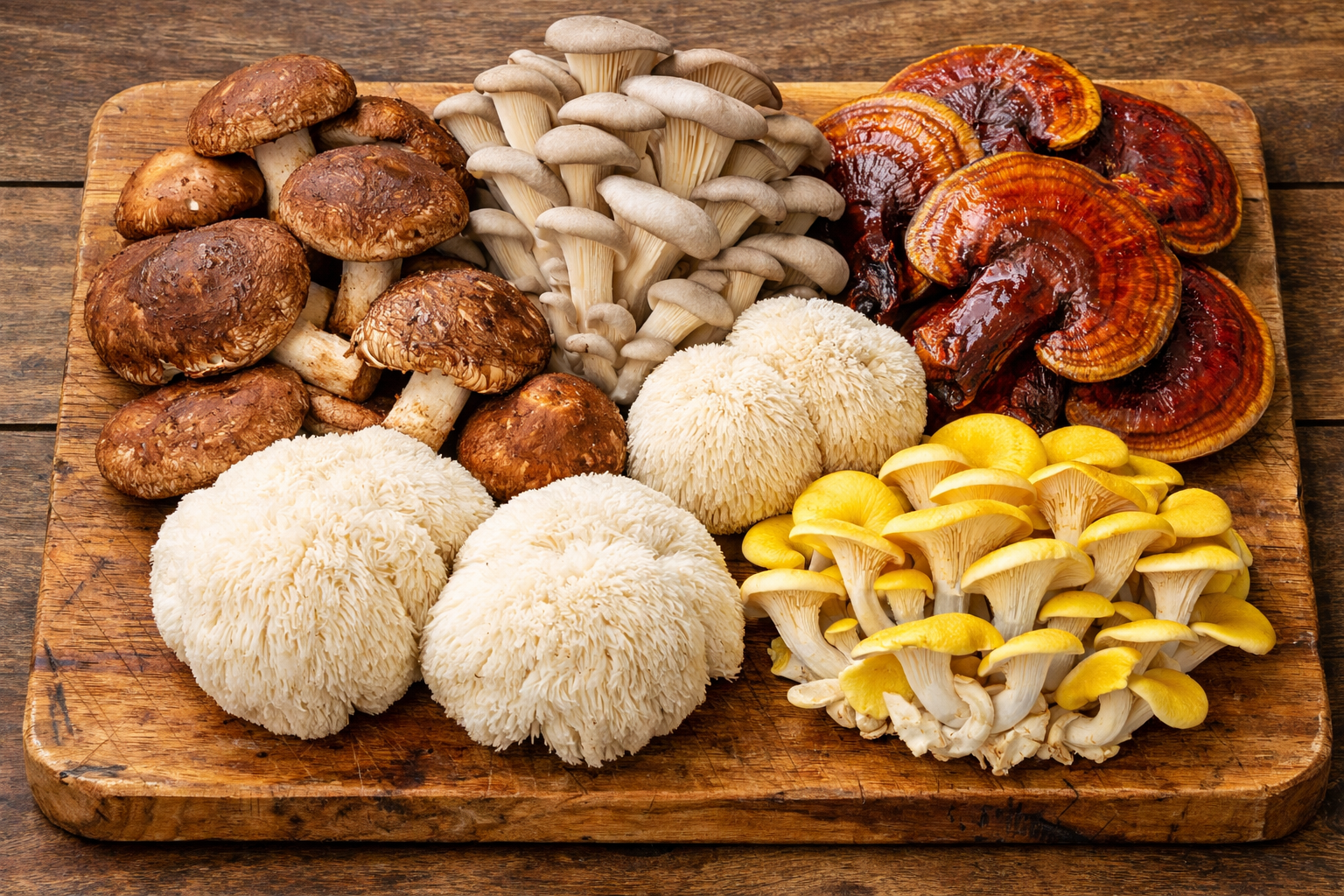
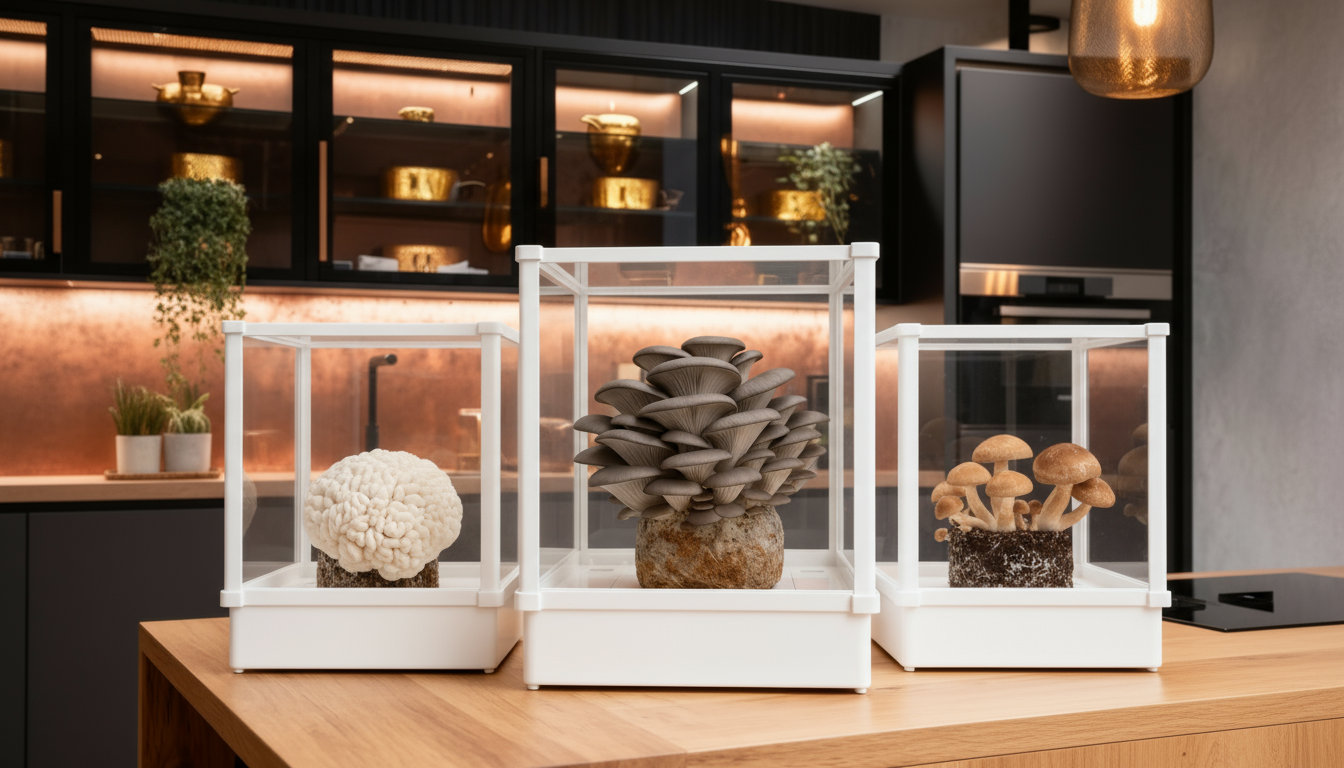

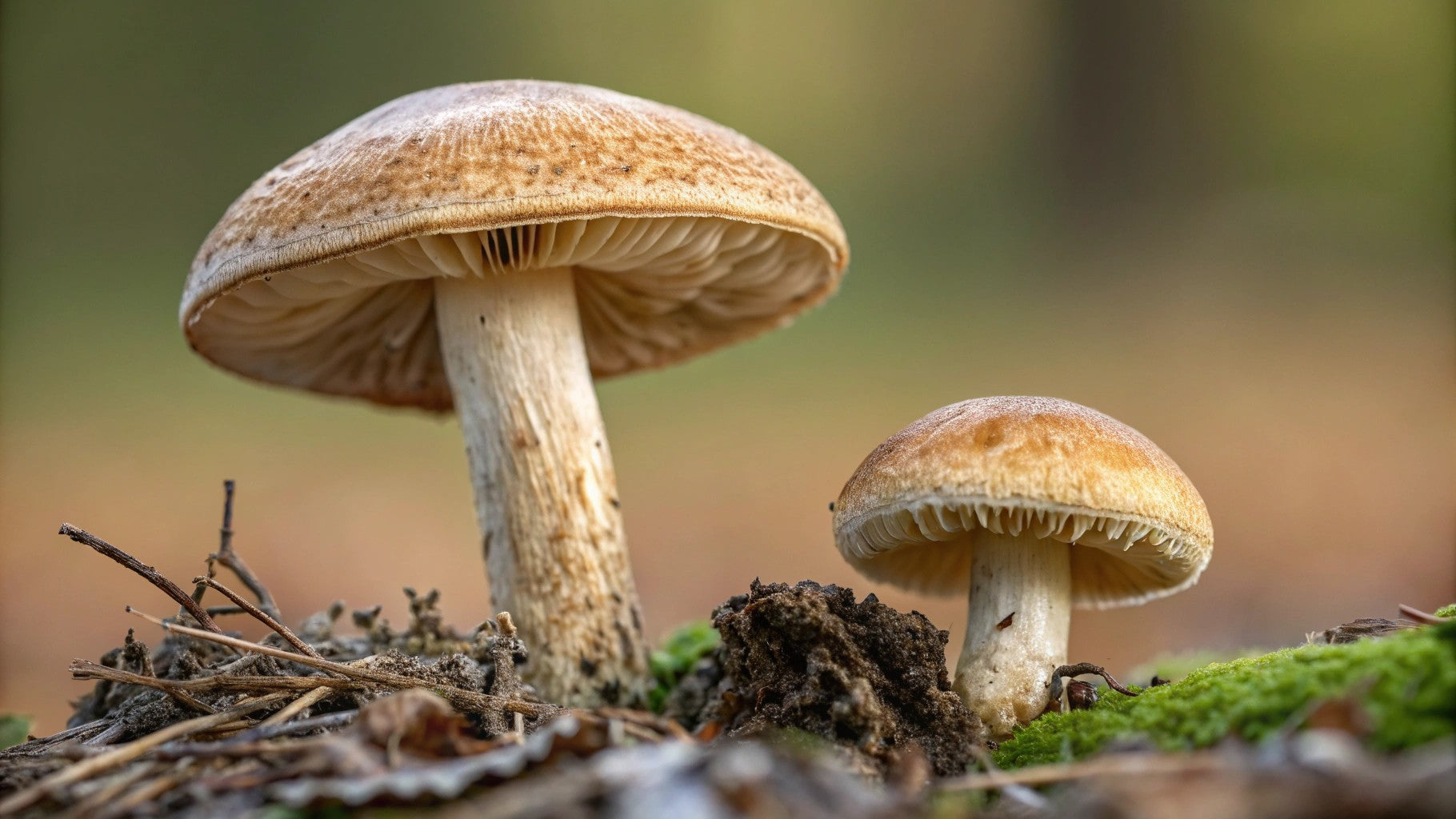
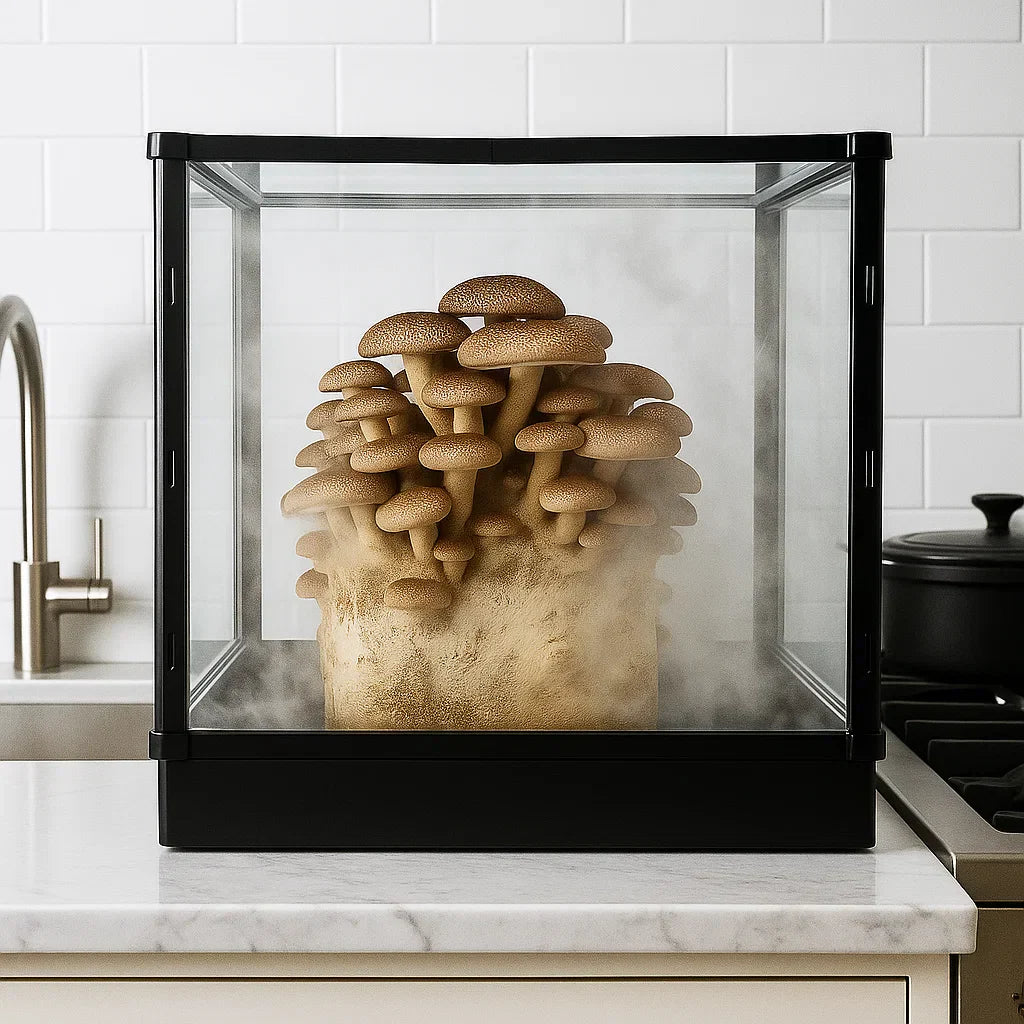
Share:
How to Cook Lion's Mane Mushroom Perfectly
Where to Find Lion's Mane Mushroom: A Nature Guide